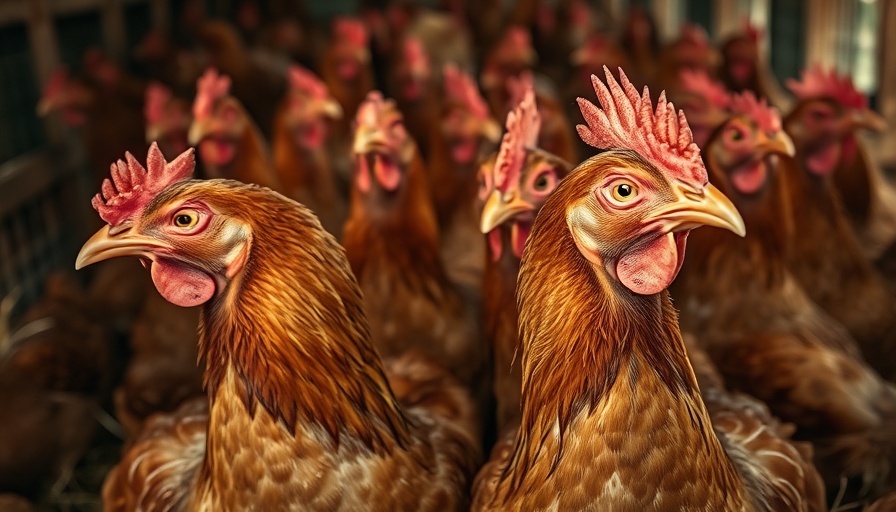
A Critical Measure Against Avian Influenza
Recently, the Department for Environment, Food & Rural Affairs (Defra) announced two new outbreaks of highly pathogenic avian influenza (HPAI) H5N1 in Devon, causing significant alarm within the farming community. In response, a 1.8-mile protection zone and a larger 6.2-mile surveillance zone have been established around affected areas near Seaton and Lifton. This follows a series of measures to curb the spread of the virus, including the decision to humanely cull all infected poultry.
The Implications of Bird Flu Outbreaks
Additionally, these outbreaks bring to light ongoing concerns about the stability of the poultry industry, particularly as H5N1 has consistently posed risks to both livestock and potential human health. For farmers, it means not only the loss of their flocks but also significant economic repercussions as markets respond to fears of supply shortages.
What Can Be Learned From Past Outbreaks?
Historically, outbreaks of bird flu have led to sweeping culls in response to the virus's rapid spread, often seen in previous occurrences across Europe and Asia. These situations reveal a pattern where early response is crucial in preventing larger crises, minimizing the impact on public health and the economy. Swift testing and surveillance become paramount. Support systems and education for farmers on biosecurity measures are more important than ever.
Looking Forward: Future of Poultry Health
The current situation emphasizes the need for continued surveillance and research into avian influenza. Experts believe that advancements in veterinary science can help in both diagnosis and prevention, aiding farmers in managing their flocks more effectively. Additionally, public health officials are closely monitoring the situation to assess the risk to humans, ensuring stringent measures can be taken if necessary.
 Add Row
Add Row  Add
Add 




Write A Comment